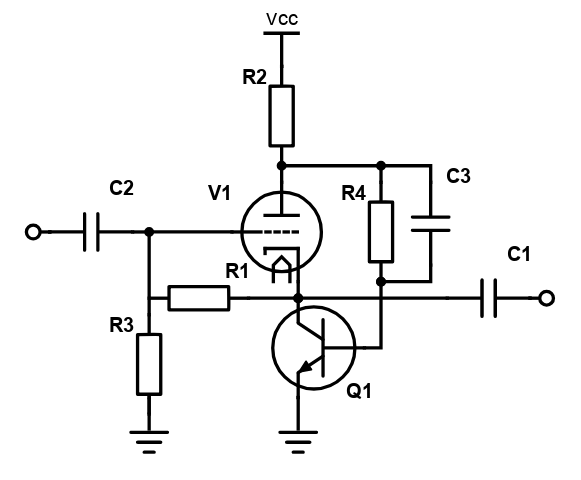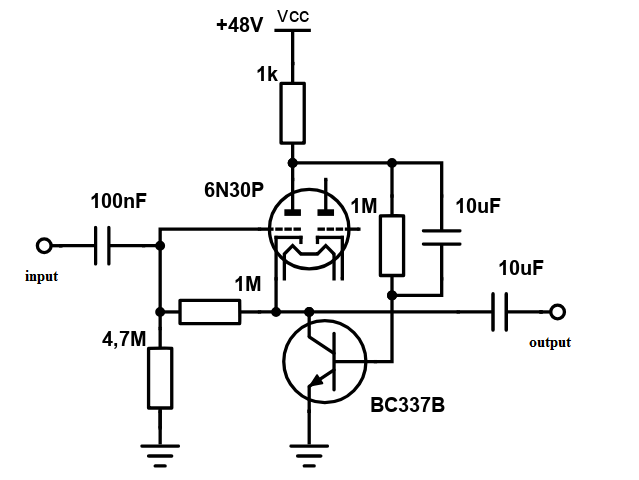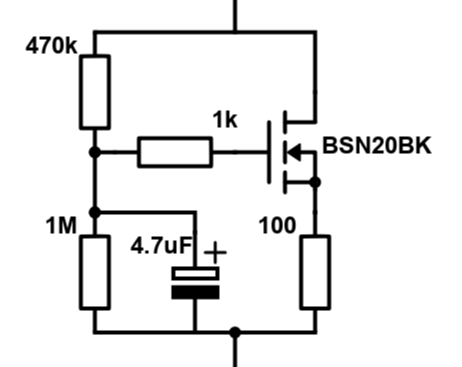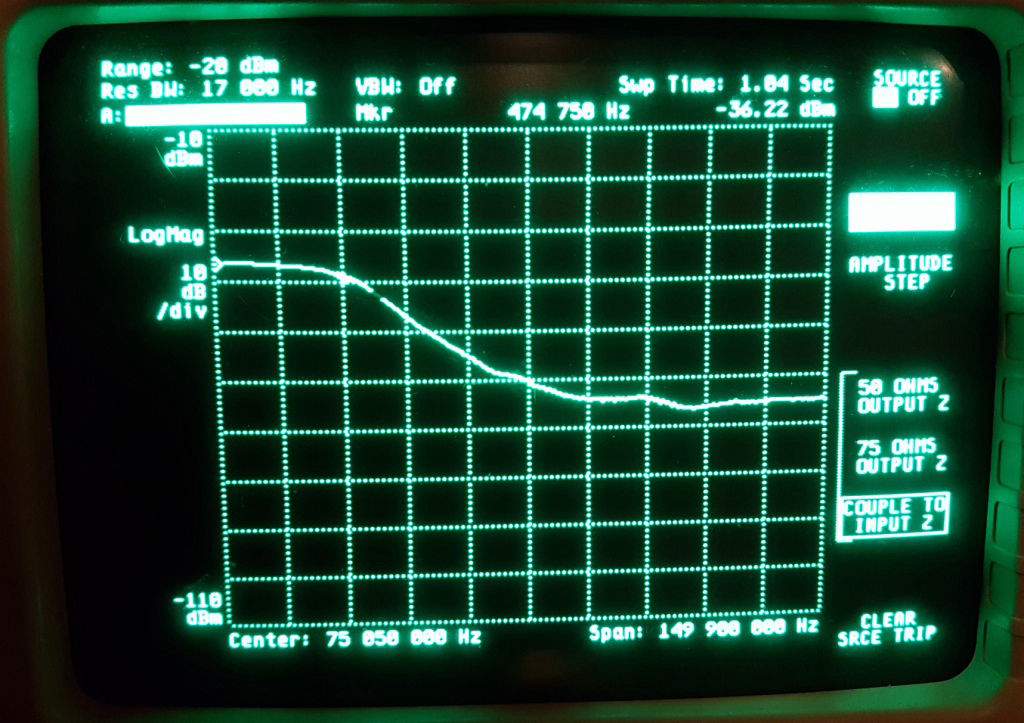It all started at the end of 2019. I have been working at my Navtex receiver for most of the year, I was happy with it. Time to do something in the audio domain. Looking back, in 2010 I started to build my first tube preamplifier, after getting inspired by mr. Lampizator. I bought a Wolfson demo board, and connected a SRPP to it. Trying to understand the DAC interfaces like I2S, I got it up and running. In 2013 I designed the first Maud Dac, a Wolfson WM8740 connected to a 6N30P. A CM6631a to convert USB to I2S.
When the first Raspberry Pi came out, I bought a HifiBerry DAC and started to play with it. I made my first Raspberry Pi HAT Dac, based on the AD1859. This DAC was and still is a nice alternative to the widely used PCM52xx series. I researched many different preamplifier topologies and ended up reading a lot about Ale Moglia's work. At that time he was optimising the Hybrid Mu amplifier, and I could actually support him a bit by selecting some mosfet's for the Gyrator in this stage.
Then I realised how nice it is to use both parts from yesterday together with state of the art silicon semiconductors. To use both the tube or valve where it makes sense (literally) and use silicon where they glance.
In the mean time the Allo company came on the market with the Kali, a reclocker HAT for Raspberry Pi, named after the Indian Goddess of time. It first of all gives a much sharper image of the sound stage, and it also provides a Master Clock (MCK). With the MCK available, one can use all available DAC's, as most DAC's need this Master Clock. It is now possible to use the DAC's from AKM, Wolfson, all the higher end DAC's actually.
I designed the HAT DAC for Raspberry Pi 3, based on the AD1852. I have a few in action, enjoying them a lot. I find it a bit hard to sell, as I did with the AD1859, as the customer also requires the Kali. I don't work for Allo, but I do believe that every serious RPi-er with audio grooves should get one.
It is becoming quite a long intro....one of the wishes i had was to see if it would be possible to integrate a preamp or buffer to the RPi HAT DAC, and if possible one where the glass meets the silicon. As you can guess: the answer is yes! I'll describe the process and the result in the next lines.





